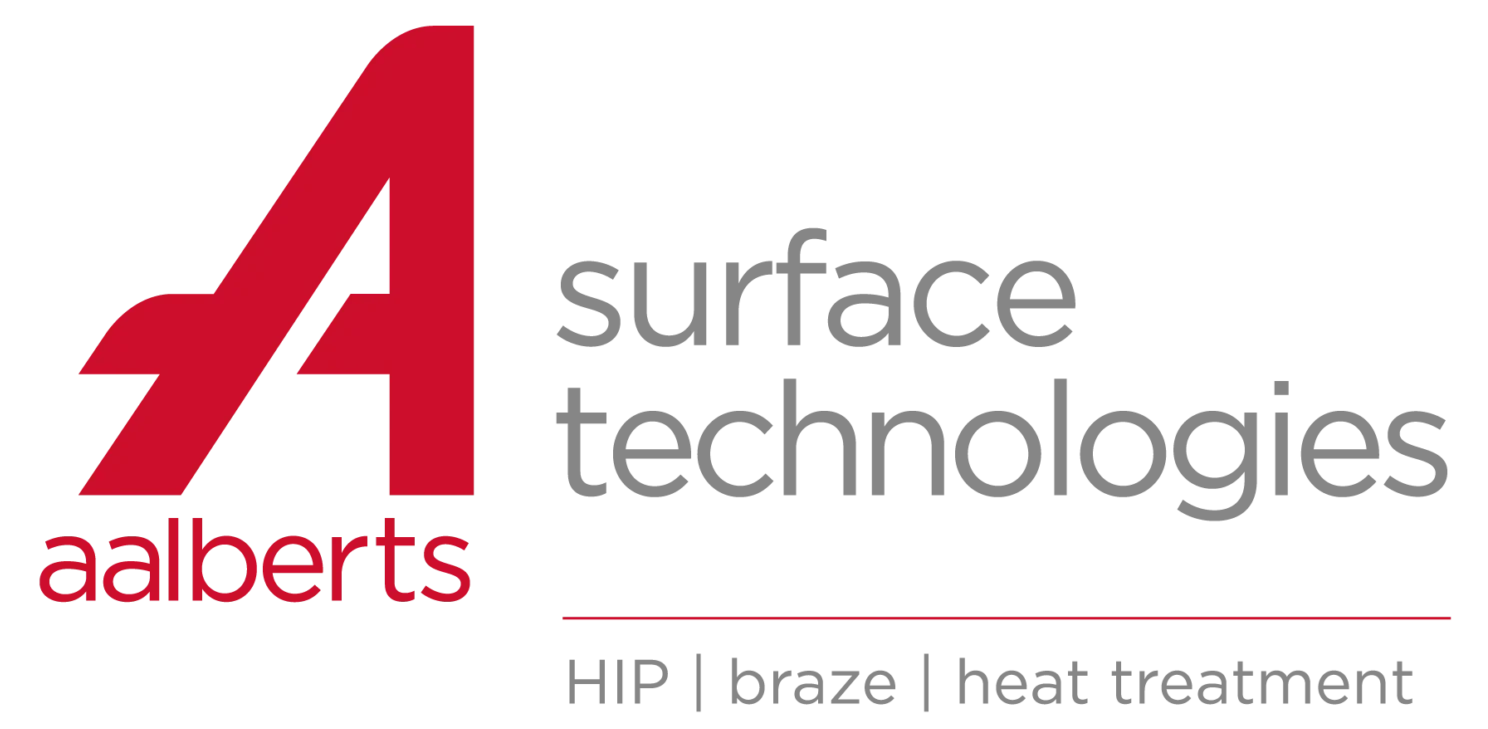- Our Technologies
- >
- heat treatment
- >
- Steel Heat Treating Services
Steel Heat Treating Services
ferritic nitrocarburizing
benefit
- High level of wear resistance
- Low distortion
- Improved fatigue properties
- Greater corrosion resistance
- Uniform appearance
isothermal annealing
Isothermal anneal is a two-stage process involving austenitizing the material, first at preferred temperature and subsequently cooling to and holding at a specific temperature to complete the transformation. This process is used for achieving specific microstructures and hardness in certain grades of steel that are not possible with normalize, or full anneal processes.
benefit
- Relatively soft ferrite-carbide aggregate microstructure for good machinability
- A more cost-efficient process with comparable microstructures to batch type annealing.
normalize
Normalizing is a heat treatment process where steel is austenitized (heated above a critical temperature), held for a specified time, and then cooled in air.
benefit
- Improved machinability of steel
- Reduction of residual stresses
- Microstructural homogenization
- More uniform response to subsequent processing
pickle and oil
This is a two-step process that involves removing contaminants from the surface of the steel such as scale, stains or rust. Once the contaminates are removed from the steel, the part is submerged in hot oil, which displaces any water from the surface of the steel creating a rust preventative layer.
benefit
- Removes scale from the heat-treating process
- Removes rust contamination to improve post processing appearance and oil
quench and temper
The quench and temper process provides strength and toughness throughout the part being processed. It is a two-stage heat treat process that includes hardening and tempering.
This process is used in applications where the tensile strength, fatigue resistance and impact strengths are of the utmost importance. Quench media can include oil, polymer, water, gas, or salt.
benefit
- Increased strength
- Flexibility of hardness range
- Increased toughness
- Superior wear and abrasion resistance
sawing
benefit
Some grades are prone to cracking during shearing. Saw-cut billets will not have any cracks and will prevent those defects from carrying over to forgings.
shot blast cleaning
Scale on parts must be removed for proper machining and increased tool life. Shot blast cleaning removes scale from any of the heat treat processes by impinging the parts’ surface with hard steel shots.
benefit
- Removal of heat treat scale, forging scale, rust, or other surface contaminates
- Increased surface area of steel, for subsequent coating operations
- Work Hardening of the steel’s surface
spheroidize anneal
benefit
- Provides the required microstructure for cold forming processes.
- Preferred for machining of high alloy steel grades by reducing hardness.
- Cold forming can be performed at room temperature with no need for heating billets or parts
stress relieve
Operations such as rough machining and cold forming can generate residual stresses in parts. If not removed, these stresses can release themselves in an uncontrolled fashion causing dimensional issues. In stress relieving, parts are taken to and held at an appropriate temperature to relieve the residual stresses created in the prior operations.
benefit
- Better formability/machinability
- Better dimensional control
zinc phosphate & lube coat
The coating process starts with proper surface preparation of the parts by immersing them in a series of chemicals. Phosphate and lube coating of parts are performed to facilitate cold forming operations. Phosphate coating also produces base for rust preventive material. Phosphate and lube coating is suitable for several types of low carbon and low alloy steels.
Zinc phosphate coated material can also be dipped in oil to create a protective layer on the steel. This provides rust prevention for an extended period.
benefit
- Near-net parts can be produced in cold forming operation facilitated by phosphate and lube coating.
- Phosphate coating also provides base for rust preventative material
accreditations & approvals





technical resources


